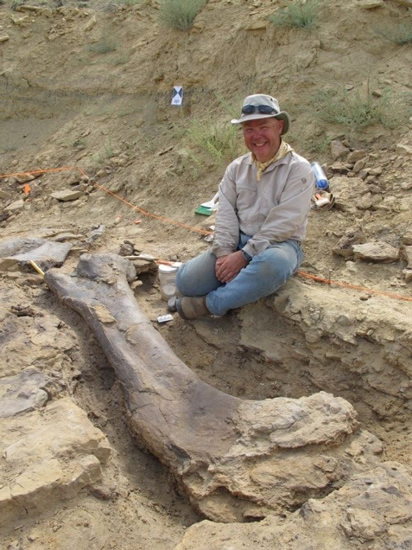Preparing Information Panels for a Dinosaur Exhibition
Preparing Information Panels for a Dinosaur Exhibition
Everything Dinosaur team members have been asked by an events company to check some information panels about dinosaurs in preparation for a series of outdoor exhibitions planned for the UK in the summer of 2021. Events companies are making plans to commence exhibitions and other public activities as the lockdown restrictions are likely to come to an end later on this year (hopefully).
One of the dinosaurs featured is Diplodocus. Everything Dinosaur team members have been busy checking and amending where necessary the information panel that will accompany an exhibit featuring this famous sauropod. It is ironic that this is one of the first dinosaurs that we work on as we look forward to the end of lockdown. Back in March 2020 staff were working with the Natural History Museum’s “Dippy” the Diplodocus touring exhibit, but the start of the first lockdown in the third week of that March led to all our outreach work being suspended.
A Size Comparison! Diplodocus Compared to some Animals Alive Today

Diplodocus compared to animals alive today. This super-sized sauropod will be part of a set of prehistoric animals to be used by an exhibitions company.
Picture Credit: Everything Dinosaur
The Information Panel
Name: Diplodocus
Means: Double Beam
Period: Late Jurassic, 154-150 Million Years Ago
Where have fossils been found: Colorado, Montana, Utah and Wyoming (USA)
Diplodocus is one of the longest dinosaurs to have ever lived. It is also one of the best-known sauropods, as several skeletons have been discovered! It is, at present, the longest dinosaur known from a practically complete skeleton. Some dinosaurs were certainly larger, but they are known from less complete skeletons. The largest specimen known is estimated to have been around 26 metres in length, about as long as three double decker buses and around 5 metres tall, from the toe to the hip. Diplodocus weighed around approximately 10 to 15 tonnes!
The very first Diplodocus bones were discovered in a quarry in Colorado, USA, in 1877. Diplodocus was herbivorous and possessed forward-pointing, long, peg-like teeth that were positioned at the front of its mouth; they were perfect branch-strippers. Scientists believe that Diplodocus fed by closing its mouth around plant stems and stripping the leaves by pulling back its head – like a rake.
As our team members pointed out to the events company children are so well-informed and knowledgeable about dinosaurs, that whatever gets put on the information panel is likely to be challenged by them. However, the panels we have helped to create we help to inform and to educate.
A Very Impressive Sauropod Femur (Diplodocid)

Professor Phil Manning (The University of Manchester) poses next to a diplodocid femur. Huge sauropod fossils are still being found in the same area of the United States where the first Diplodocus fossils were discovered.
Picture Credit: The University of Manchester

